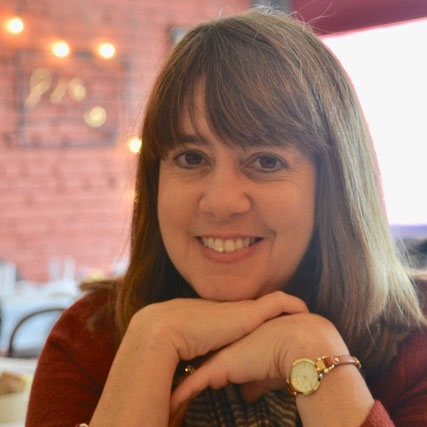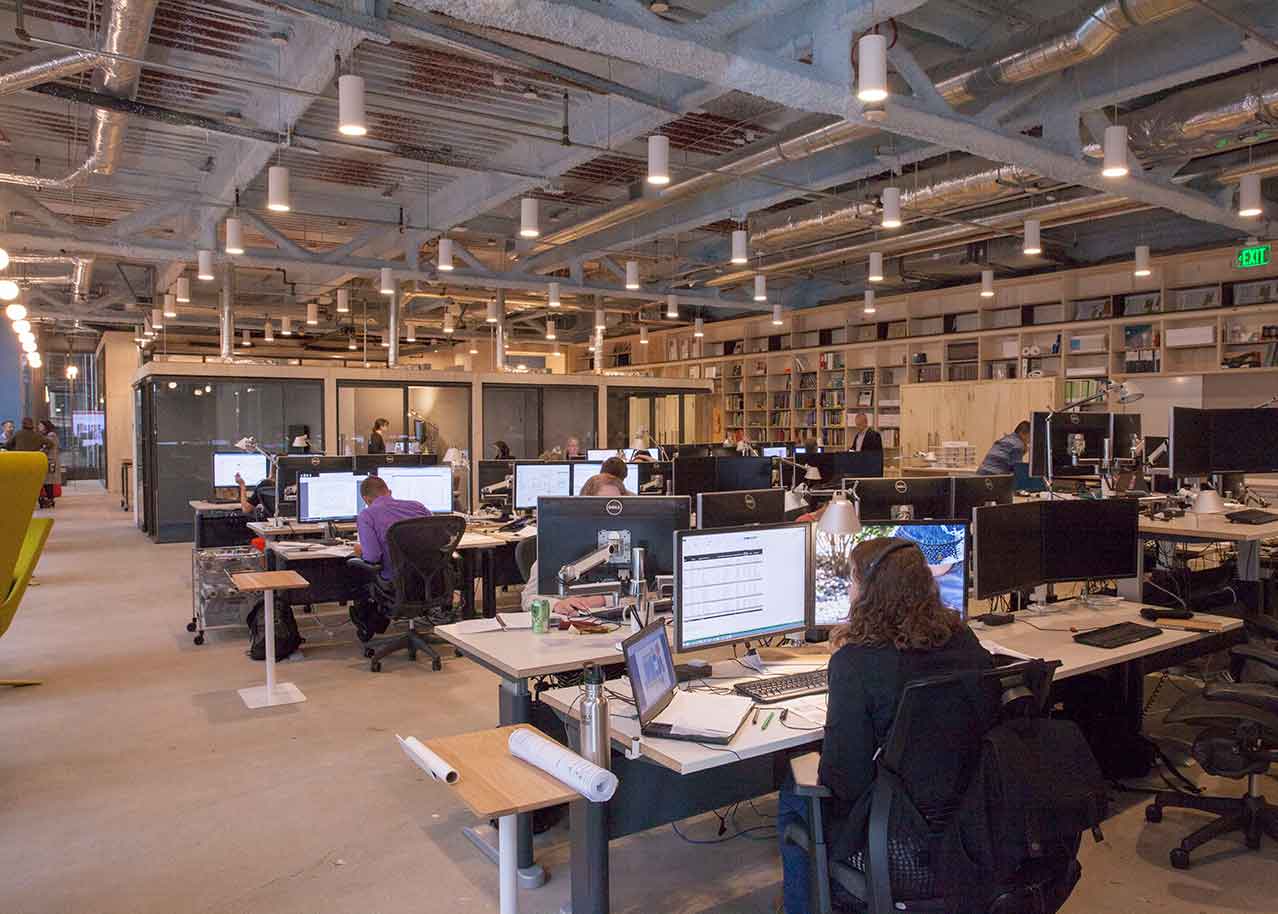
The new Audacy Wireless Lighting Control System makes it easy to control the light in your workplace. [Photo: Courtesy of Audacy]
How the Audacy Wireless Lighting Control System makes for better design.
Invariably, someone will forget to turn off the light. Sometimes you don’t realize it until 2am. With traditional lighting systems, this may mean a facilities manager has to shuffle back to the building to physically turn off the lights.
With the new Audacy Wireless Lighting Control System from IDEAL INDUSTRIES, INC., a simple touch of a button from a remote device will control the lighting from anywhere with an Internet connection. That alone can save a middle of the night “lights off” call as well as provide peace of mind for facility owners and managers. “Audacy is a truly wireless control system,” says Nolan Bello, business unit manager of Audacy Wireless Solutions, a division of the Illinois-based IDEAL. “Many systems out there say they’re wireless, but many components still need to be wired for power. Our solution’s sensors and switches are battery-operated; no wires go into the switches themselves,” he says, adding that the battery life is up to 25 years, so you can “set it and forget it” for a couple of decades.
FROM OUR MAY+JUNE 2019 ISSUE
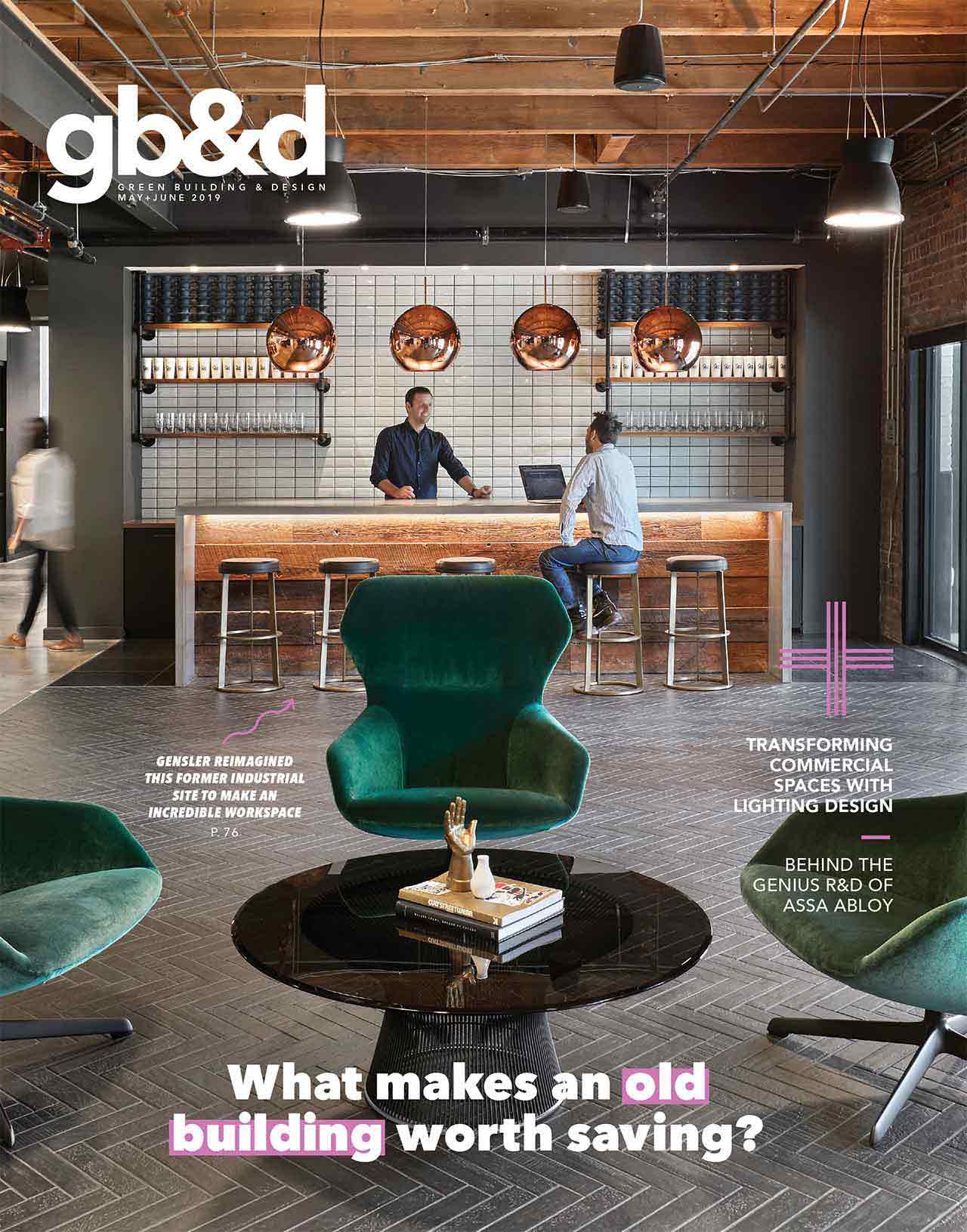
The preferred publication of leading green professionals.
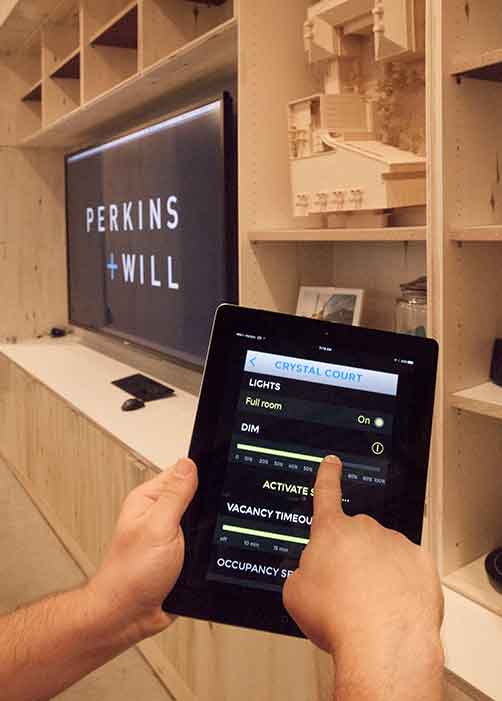
The cloud-based system with dedicated IOS and Android platforms can be controlled from anywhere in the world. [Photo: Courtesy of Audacy]
Flexibility
The Audacy Wireless Lighting Control System is a revolutionary concept. The system is cloud-based with dedicated IOS and Android platforms and can be controlled from anywhere in the world.
The system’s proven tag line is that it brings you the right amount of light at the right place at the right time: The lighting solution can be zoned in areas that need different lighting solutions at different times of day. “You can control one individual light or control every fixture. There’s a lot of degree of freedom to control every aspect of your space from a lighting standpoint,” Bello says.
Bello says the Audacy system literally puts the power back in the hands of facility managers who want to rearrange the layout, with a minimal amount of effort. “If they have a multipurpose room but tomorrow wanted to reconfigure it to be three rooms, that can easily be reconfigured by the app or web interface,” Bello says. “That’s a big plus and one of the things that sets us apart in the industry.”
And not only is the system easy to install on the company’s part, it’s also straightforward when it comes to training end users.
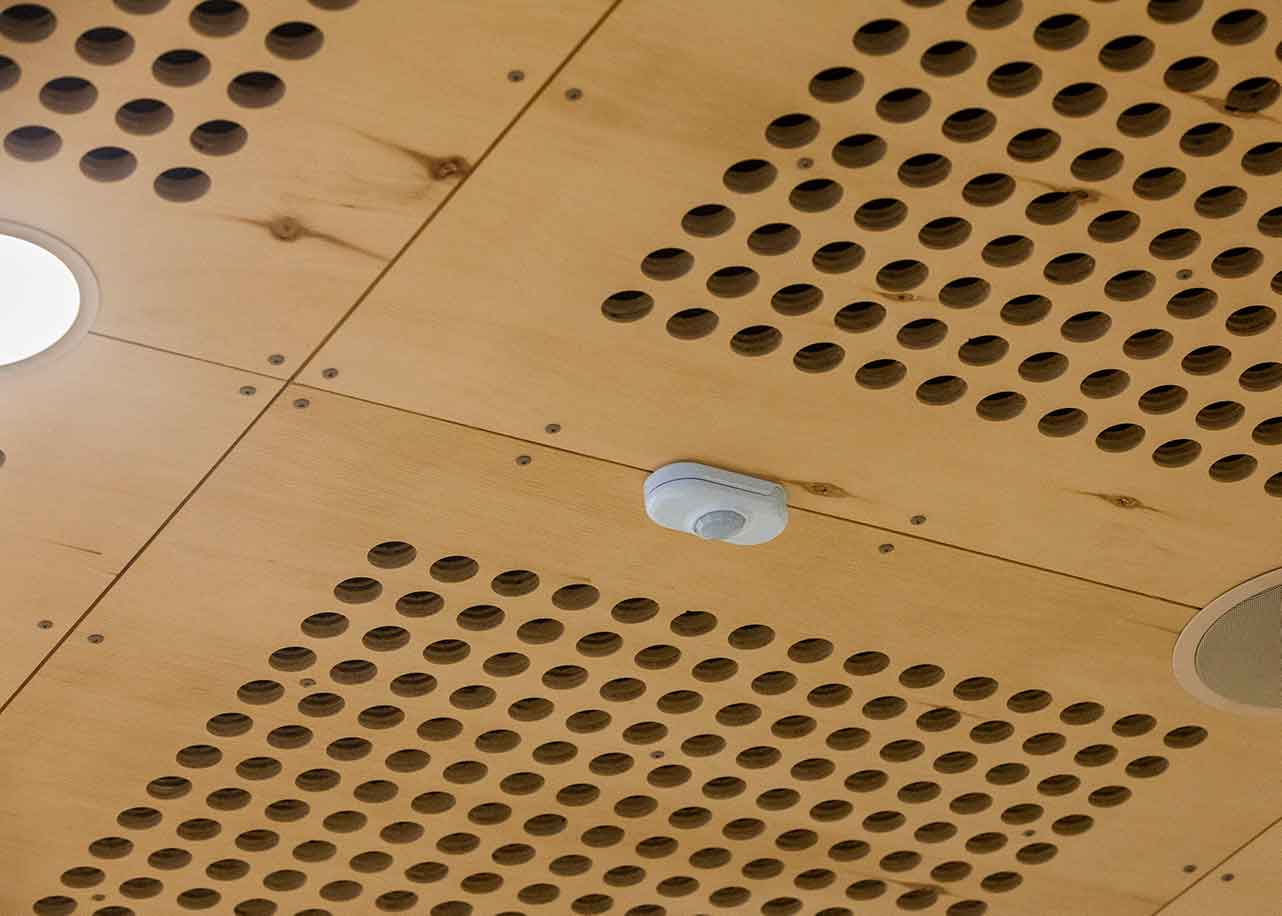
An Audacy sensor installed on a ceiling at the architectural firm Perkins + Will. [Photo: Courtesy of Audacy]
Cost & Energy Savings
The Audacy Solution is akin to an energy savings bank; the system is designed to cut lighting energy costs up to 50%. Moreover, the quick installation gets the system up and running 85% faster than traditional wired systems due to the lack of wires. “Studies show that electrical lighting can account for up to 40% of a building’s electrical load; with simple lighting control strategy, you can save up to 60% of that 40%, but you can save roughly half of your lighting bill,” Bello says.
The Audacy System in Action
When Wrigley Field built a new clubhouse, the project called for the Audacy system, as flexibility was a must: They needed lighting that was reconfigurable and scalable. The Audacy team installed the underground system in the 30,000-square-foot, two-story facility that included the clubhouse, locker rooms, training facility, and concessions area. The Wrigley team was so satisfied they contracted with IDEAL again, when Wrigley needed to build more office space and renovate hospitality and box suites in the stadium. “It has been a pretty significant expansion of the Audacy product within the campus,” Bello says.
An architectural firm in Minneapolis also wanted the built-in flexibility the Audacy system provides. The open concept building already harvested natural daylight, so the managers at Perkins + Will installed the system to customize certain work zones according to the usage of those zones. This perfectly suited the busy firm, whose employees had varied work schedules.
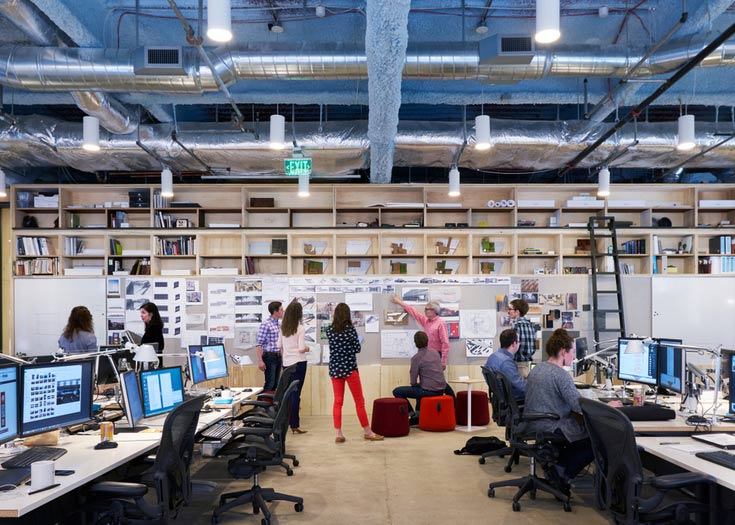
Audacy’s wireless lighting control system is installed in Perkins+Will’s Minneapolis office, in the famed IDS Center. [Photo: Courtesy of Audacy]
Shedding Light
While it’s ideal to install Audacy Wireless Controls during a building’s construction phase, the system can be retrofitted into existing spaces, too; its interoperability means it can be integrated with other existing systems.
And while large buildings like stadiums and universities benefit greatly from the system’s flexibility, integration into larger systems, and the consistency of one person controlling a large space at their fingertips, means small spaces benefit from this system as well. “If it’s easy to physically install and can bring energy savings into a space, why wouldn’t we want to do that?” Bello says.
“I think it empowers those who are at the facility to be able to have more control over their environment,” Bello adds. “There are studies that link lighting to productivity. Facility managers, landlords, and companies are trying to find ways to make occupants more productive, healthy, and happier, and lighting is an ever-increasing part of that.”

